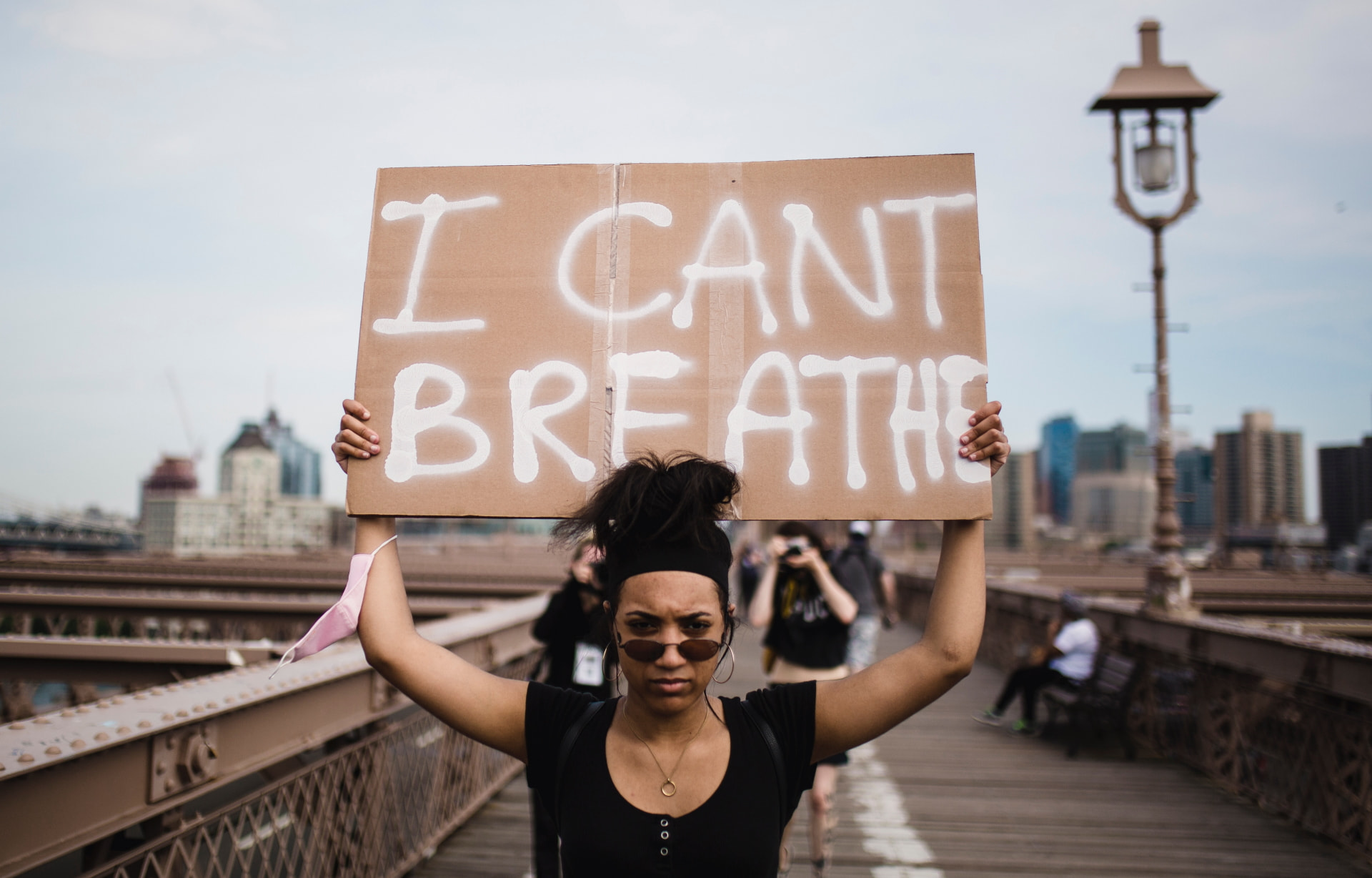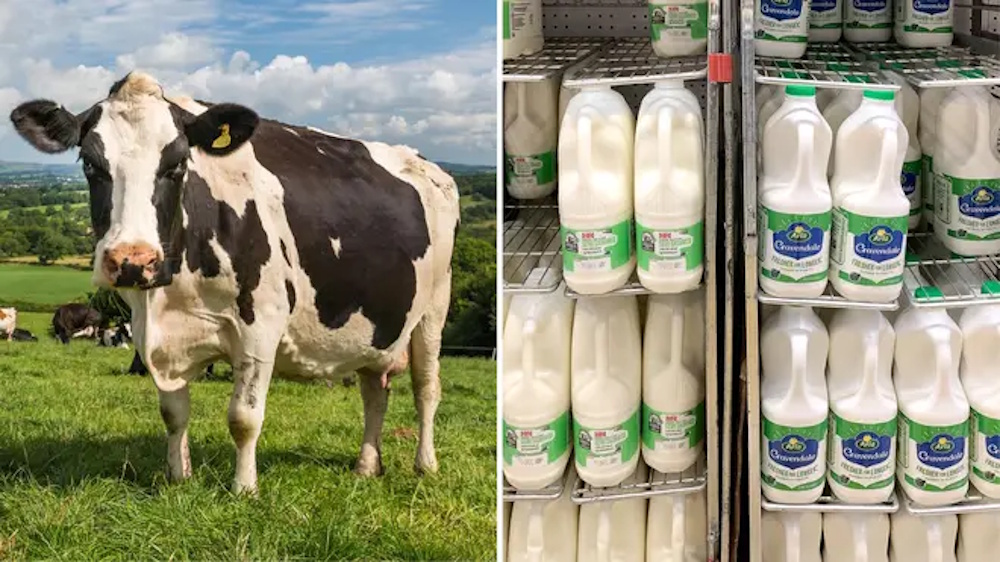Article
Brand Communications Trends 2021: Part Two

The events of the last year have led to an unprecedented shift in consumer attitudes and behaviours. Lifestyles have been transformed, as has consumer spending. So, what do brands need to consider as we enter a new year? Diffusion has identified 5 key trends for 2021 that brands can take on board to make sure they are connecting with consumers in the ‘next normal’. You can read part two below.
4. Purpose over profit
Many think the term “purpose” has been overused but when it comes to businesses needing to recover in a post-Covid world, making sure you have purpose is imperative. Kantar’s COVID-19 Barometer study found that 20% of people aged 18-34 feel that brands should ‘guide the change’ and play an active role in making the world a better place. And, during lockdown this increased to 27%.
Brands need to consider what they stand for and embracing purposed should be a central part of their strategy. Leadership expert Simon Sinek uses the Golden Circle theory to help brands define their purpose by thinking about why they do what they do, as opposed to what they do. By getting to the crux of why you do what you do, brands can define their purpose. From asking the question ‘why’ you exist, a brand can align their ‘how’ (their process) and ultimately their ‘what’ (the proof of what they do) with their brand purpose. This way of communicating, from the inside out, will help brands to inspire engagement and loyalty from not only their consumers, but their employees and other stakeholders too.
Start-ups can more easily integrate purpose into their brand, whereas larger companies with a legacy brand identity need to take time to go through the process and understand their ‘why’ beyond making a profit. With consumers now increasingly conscientious, brand purpose is an important factor when considering a purchase in the ‘next normal’. For brands to really connect with consumers on a personal level and inspire loyalty they need to think about their ‘why’ and then make sure this message is real and authentic, and not just following a trend to make a profit.
5. Speaking up
Sitting on the fence and doing nothing won’t cut it in 2021. Brands that want to appeal to consumers need to have a point of view and take a stand on social issues. We saw from Black Lives Matters and the racial inequality protests around the world that consumers expect brands to speak up and advocate change. What’s more, consumers are wanting brands to walk the talk – simply saying you support something isn’t enough, people want to see exactly what it is you are doing to make a difference and using their voice to contribute to real change.
When ITV broadcast a BLM-themed performance by Diversity it made the decision to stand by the message by taking out full-page ads across all the nationals, showing their continued support in the face of any criticism that it was “too political” for a family entertainment show. And, this autumn, Marcus Rashford spearheaded a campaign to feed vulnerable children over half term as MPs voted not to extend the free school meal provision to cover the school holidays in England.
Brands showed their support for the campaign with McDonald’s announcing that it would provide a million free meals for vulnerable children, Morrisons providing lunchboxes and the Co-op pledging to provide free school meal vouchers. Smaller brands too decided to show their support and pledged to take part in the campaign.
Today, consumers expect brands to stand for something and be more socially conscious. So, decide who you are as a brand and what your values are, be transparent and make sure what you do honours those values. Your consumers will respect you for it.





